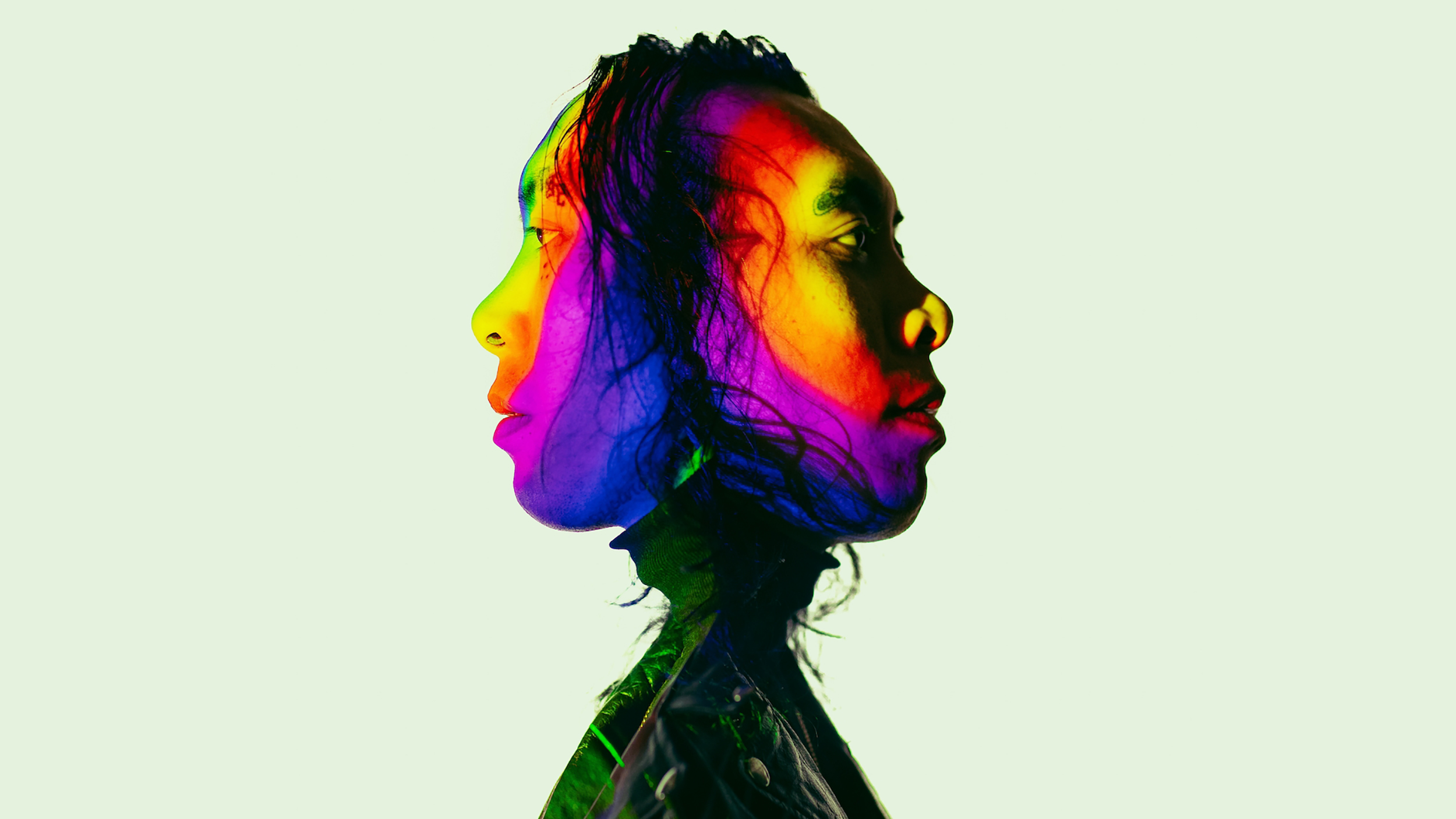New study cautions marijuana beginners to 26 adverse reactions

Photo by DESIGNECOLOGIST on Unsplash
- A team of researchers identified a total of 26 possible adverse reactions to cannabis use.
- Coughing fits, anxiety, and paranoia are among the top three most common adverse reactions to smoking weed.
- It was the people who smoke on a less frequent basis who were more likely to have had the bad experiences.
“She’s fine! She’ll be okay.” I remember calling down to a concerned pedestrian strolling past my apartment early one evening back in college as my friend gasped and vomited on our porch, brought to her knees by a violent coughing fit after having just huffed a joint of cannabis. And she was okay! (Eventually.) But new research affirms that these types of experiences, which range from unpleasant to deeply distressing, are relatively common for people new to smoking pot.
The most common adverse effects of pot
As it turns out, coughing fits are among the top three most common adverse reactions to cannabis use, along with anxiety and paranoia, according to a new study published in the Journal of Cannabis Research.
Now that weed is legal in the state, a team of researchers at Washington State University sought to document potential negative reactions to cannabis in order to paint a detailed picture of the effects of smoking weed for newbies. The authors surveyed more than 1,500 college students on the specific type and frequency of adverse reactions they had experienced while using pot. Additionally, the students in the study were surveyed about their demographics, personality traits, reasons for using cannabis and their use patterns.
Despite marijuana’s numerous benefits, the team identified a total of 26 possible adverse reactions to the drug. More than half of the study participants reported having coughing fits along with anxiety and/or paranoia while using cannabis. The most frequently occuring of these were the coughing fits, along with chest/lung discomfort and body humming. A subset of the study group reported these reactions occurring around 30–40% of the time they were using pot. On the flip side, the three least-commonly reported reactions to cannabis use were fainting, visual hallucinations and cold sweats.
“There’s been surprisingly little research on the prevalence or frequency of various adverse reactions to cannabis and almost no research trying to predict who is more likely to experience these types of adverse reactions,” said Carrie Cuttler, assistant professor of psychology and an author on the paper, according to WSU News. “With the legalization of cannabis in Washington and 10 other states, we thought it would be important to document some of this information so that more novice users would have a better sense of what types of adverse reactions they may experience if they use cannabis.”
The most distressing of the 26 negative reactions were panic attacks, fainting, and vomiting. Yet, the survey data suggested that cannabis users generally do not find even acute adverse reactions to cannabis to be severely distressing.
What causes a bad reaction?
So, who is most likely to experience the negative reactions? Interestingly, one thing the researchers didn’t find to correlate with a bad reaction to cannabis was the quantity of use during a single session. Rather, it was the people who smoke on a less frequent basis who were more likely to have had the bad experiences. Additionally, individuals who reported using cannabis to fit in with their peers, had a history of displaying problematic use of the drug or had anxiety sensitivity—a tendency to catastrophize the bodily sensations that come with anxiety—were more likely to report negative side effects from cannabis use and experience more intense levels of distress. Although, Cuttler noted that these associations were small and nothing was strongly related to these experiences.
One curious correlation Cuttler found after reanalyzing the data was that certain personality traits on the Big Five personality model more frequently experienced one of the more rare reactions to the drug.
“[I] found that the personality traits extraversion and openness to experience predicted the frequency with which people reported experiencing visual hallucinations,” she told Big Think. There were, however, no significant predictors of what individuals were more susceptible to experiencing fainting—another rare side effect. In the future, Cuttler thinks it will be important to continue investigations into what other individual difference variables might predict positive vs. negative experiences with cannabis, and to document them at a broader level.
Although the study didn’t reveal measures that can be taken to protect against negative effects, Cuttler echoed the common advice given to new users: “Start low and go slow. It’s generally a good idea for people to start with lower potency products and to use small amounts at first.”
Given its rapid entry into the mainstream over the last few years, it may be time marijuana starts getting treated like other medicinal drugs that come with warning labels. The researchers expressed hope that findings like these will be utilized by doctors and medical cannabis distributors to give users or potential users a clearer idea of the side effects that come with lighting up.






